Guyang Qincheng Great Wall Site
Guyang Qincheng Great Wall Site
The site of the Qincheng Great Wall in Guyang is located in the Yinshan Mountains in the central part of Inner Mongolia Autonomous Region, along the Damiao, Yinhao and Xidoupu in the northern part of Guyang County. Founded in 214 B.C., it was built by General Meng Tian of Qin Dynasty, who led 300,000 troops to resist the invasion of northern Huns and Donghu. Emperor Wudi of Han Dynasty sent Wei Qing to repair it during his reign, which has lasted for more than 2,200 years. The Great Wall of Qin runs through three towns in the central part of Guyang County. It runs from west to East with a total length of 85 kilometers (originally identified as 120 kilometers). Stones are built and beacon towers are set every few miles. In 1996, it was listed as a national key cultural relic protection unit.
In Mao Zedong's poems, the Great Wall refers to the Great Wall of Guyang and Qin Dynasty.
History
Yinshan stretches about 1,000 kilometers from east to West in northern China, which is the natural barrier of the northern frontier fortress. In history, political, economic, cultural exchanges and even wars between the Central Plains Cathaysian and the Mobei minority nationalities have to cross the Yinshan Mountains. There are no relatively flat valleys in the eastern part of Yinshan, and transportation is inconvenient. Although there are many valleys in Hetao Plain in the middle and Western part, most of them are dangerous on high mountains and roads or obstructed by deserts. Only the Kundulun Valley in Baotou (the ancient name of Shimen River) is flat and broad, and can be used by carriage, which is the most ideal traffic flat way across Yinshan. In Guyang County, the Selten Mountains in Yinshan Mountains have the convenience of the Kundulun River Valley, which is an indispensable place for military strategists in history. The Great Wall of Qin Dynasty built here is naturally an excellent choice.
In 221 B.C., Qin Shihuang unified six countries. Seven years later, General Meng Tin sent 300,000 troops to drive the Huns north of Yinshan Mountain. They not only seized Henan (now northwest of the Ordos Plateau), but also crossed the river to occupy the northern vacation area. The northern vacation area is now Langshan, Selten Mountain and Ming'anchuan, which crossed the original northern defense line, the Great Wall of Zhao. In 214 B.C., in order to prevent the northern Huns from descending to the south, Emperor Qin Shihuang sent General Meng Tin to lead 300,000 troops.
Another Great Wall was built here as the first line of defense, which is the origin of the Qin Great Wall on Selten Mountain in Guyang County. Of course, the Great Wall of the Qin Dynasty built in Mengtan is far more than this section. In addition to making use of the foundations of the northern Great Wall of Yan, Zhao and Qin dynasties, many parts of the Great Wall have been built and expanded. The Qin Great Wall covers more than 10,000 miles from Liaodong County in the East (now Eastern Liaoning Province) to Lintao County in Longxi County in the West (now Minxian County in Gansu Province). After that, the name "Great Wall" came into being. "Records of the History of Qin Shihuang's Book" contains: "Let Mengtan cross the river, take Gaoque, Yinshan, North Holiday, build pavilions and barriers, in order to pursue the army." This is the historical record of Meng Tian's construction of the Qin Great Wall along the Yinshan Mountains of Langshan, Wula, Selten and Daqingshan along the Wulate grassland in the west, Guyang and Wuchuan counties in the east to the north of Huhhot. According to historical records, the first emperor of Qin Dynasty died in the sand dunes, and did not lose his funeral. Zhao Gao and Li Si forged a legacy edict to prevent the eldest son from supporting Su and Mengtan. According to the biography of Li Si in Historical Records, "Meng Tian stopped Fusu and said,'Your Majesty lives abroad without a prince. The envoys guard 300,000 people by the side and the prince is the prisoner, which is the most important task in the world. Now a messenger comes, suicide, knowing that it is not fraud?'... Fusu is a benevolent man, and Meng Tian said,'The father gives the son death, and Shang An reconsiders it!' Suicide. Mengtan refuses to die. This historical fact has smeared a bloody color on the Great Wall of Qin Dynasty.
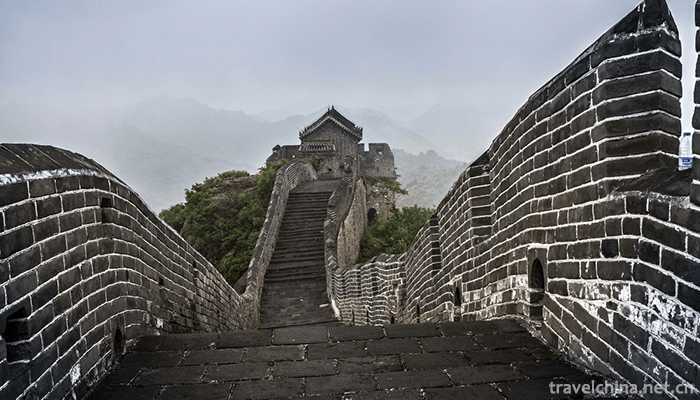
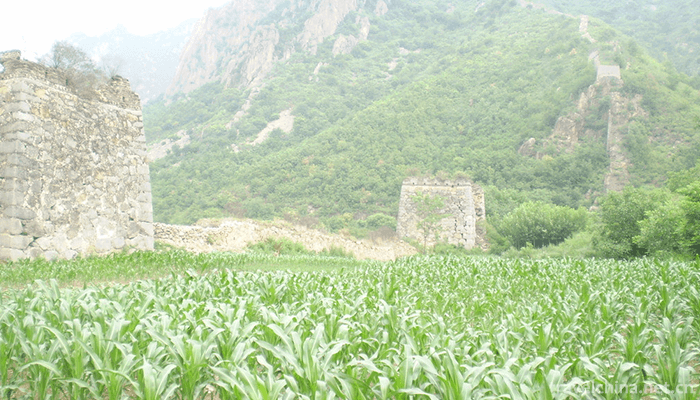
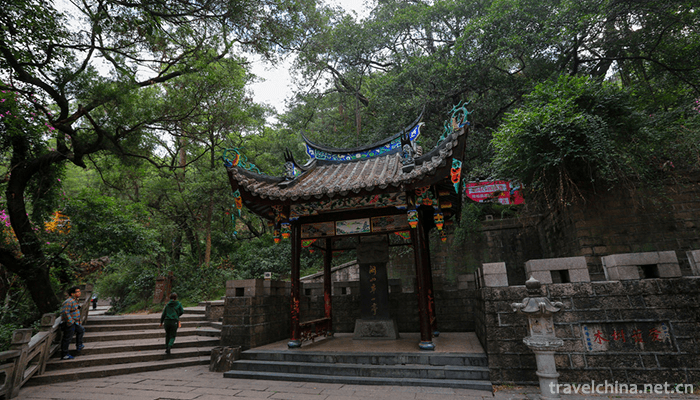
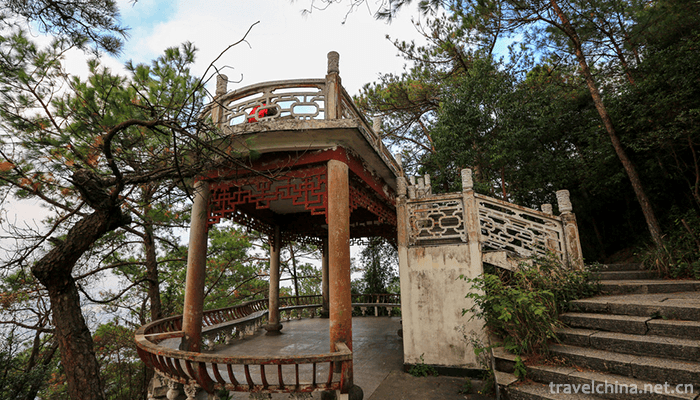
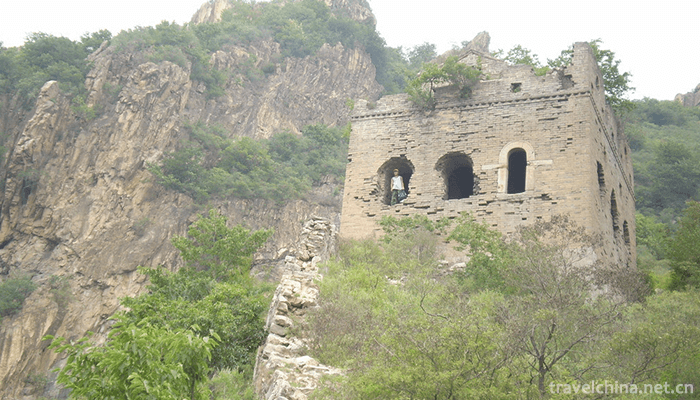
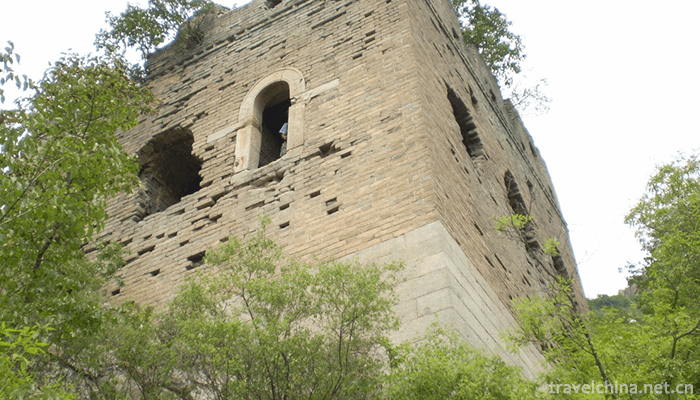
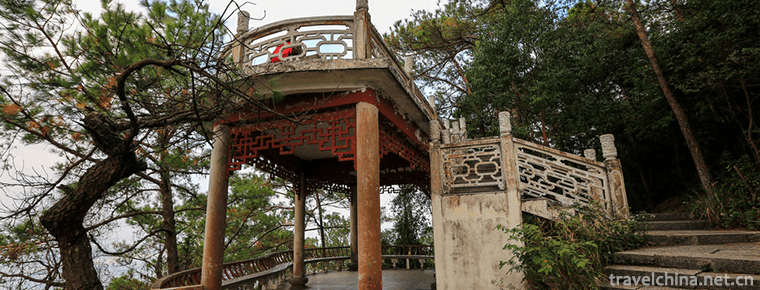
-
1.Nanshan Cultural Tourism Zone
Nanshan Cultural Tourist Area is located 40 kilometers southwest of Sanya City, Hainan Province. It is the southernmost mountain in China. It belongs to tropical marine monsoon climate.
Time 2018-12-12 -
2.Sanyoudong Scenic Area
The Three Tours Cave Scenic Area is located outside Xiling Gorge, about 10 kilometers away from Yichang. There are two allusions to the name of Sanyou Cave. The Tang poets Bai Juyi, Bai Xingjian
Time 2018-12-19 -
3.Chengjiang biota
Chengjiang biota is located near Maotianshan, Chengjiang, Yunnan Province, China. The stratum of Chengjiang biota is yellow-green silty shale of Yudanshan section of Qiongzhusi Formation of Lower Camb
Time 2019-01-05 -
4.Fangte Fantasy Kingdom Scenic Spot in Qingdao City
Fangte Fantasy Kingdom of Qingdao is located in Lannan Road, Hongdao Street, Hongdao Hi-tech Zone, Qingdao City, Shandong Province. It is the core high-tech cultural amusement
Time 2019-02-07 -
5.Xianghu Lake
Xianghu Lake is known as the "sister lake" of the West Lake for its beautiful scenery. It is a lake located in Xiaoshan District, Hangzhou City, Zhejiang Province, China. Xianghu Lake is als
Time 2019-02-25 -
6.Poke feet
Poking feet is one of Chinese boxing. Leg and foot kungfu is the main form. It is said that it originated in the Song Dynasty and flourished in the Ming and Qing Dynasties
Time 2019-04-22 -
7.Jianchuan Opera
Jianchuan Baiqu is an ancient music variety with a long history and wide spread in Bai nationality area. It is mainly popular in Jianchuan, Eryuan and Tongdian, Jinding and Jiuhe of Lanping County, Nu
Time 2019-05-05 -
8.Brocade Weaving Skills of Tujia Nationality
Tujia brocade weaving process is complex, in weaving, using the ancient pure wooden waist inclined loom weaving, through spinning and twisting, dyeing, inverting, drawing, reed loading, rolling, picki
Time 2019-06-23 -
9.Drug Market Customs
Pharmaceutical market is a trade fair held regularly in the centralized distribution center of traditional Chinese medicines with historical origin. There are more than 110 centralized distribution ce
Time 2019-07-11 -
10.Da Yu
Yu, surnamed Si, is famous for his life. (Yu Yu is the name). History is called Da Yu and Emperor Yu. Xia Hou Shi Chieftain Xia Dynasty The founding king. Yu is Yellow Emperor Great grandson, Zhuan Gr
Time 2019-09-07 -
11.Meishan local culture
Meishan culture mainly includes Dongpo culture, longevity culture, Taoism culture, Buddhist culture, bamboo culture, water culture and so on. The past Meishan Dongpo Cultural Festival, Pengzu Shouxing Festival, Qingshen bamboo weaving art festival, Danling suona Festival, etc.
Time 2020-12-18